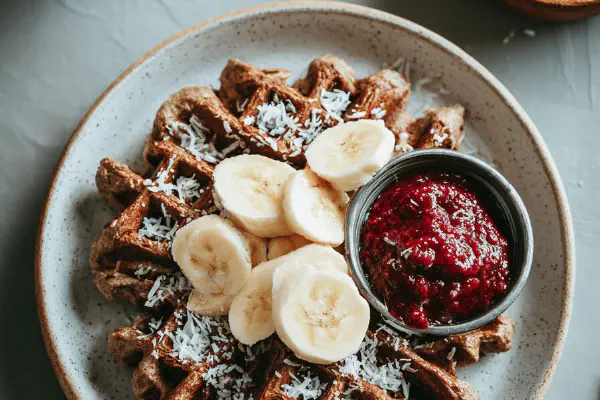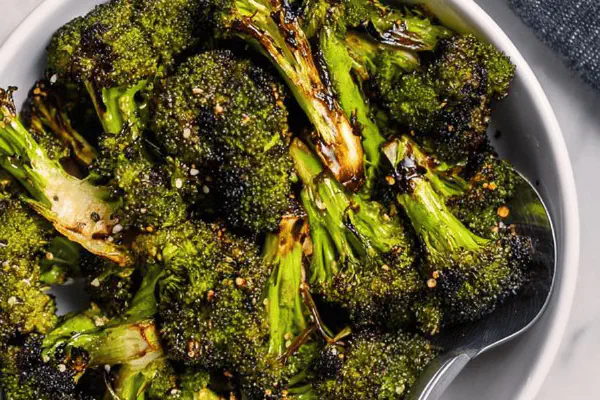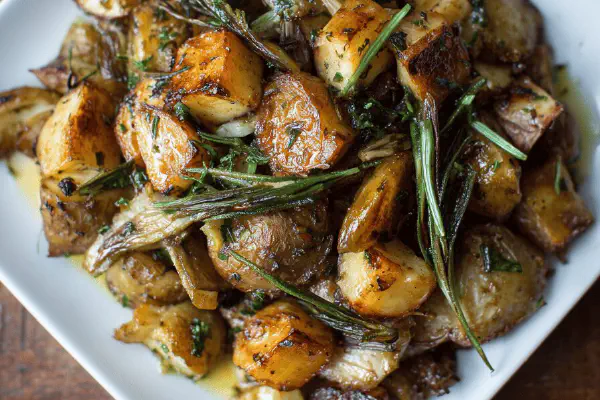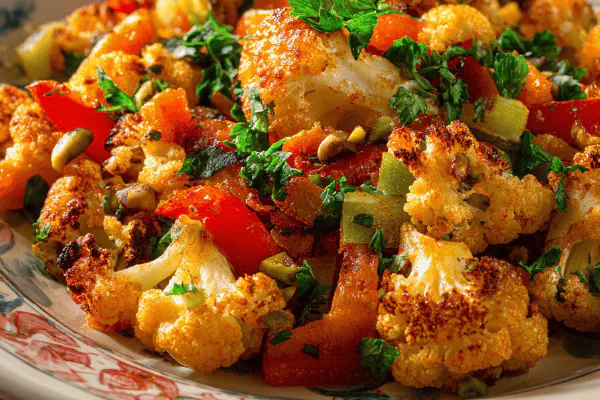Orange Beet Cubes Twist
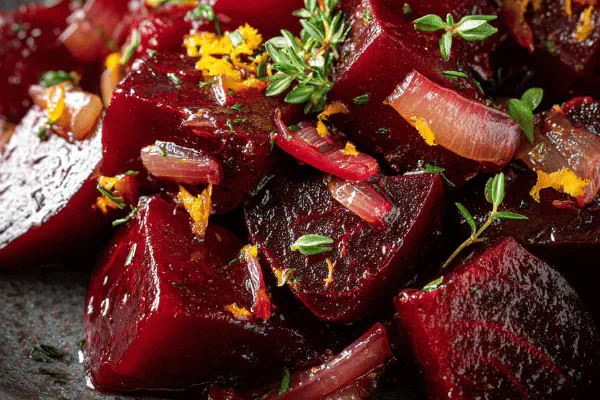
By Emma
Certified Culinary Professional
Ingredients
- 900 g beets whole, trimmed
- 2 shallots, thin sliced
- 1 large clove garlic, minced
- 30 ml coconut oil
- Salt and black pepper freshly cracked
- Zest and juice of 1 medium orange
- 15 ml fresh thyme leaves
About the ingredients
Method
===
- In a pot, pick medium beets without blemishes. Pour cold water in, enough to cover. Bring to boil, then lower heat to simmer gently. Cook for about 1 hour to 1 hour 15 minutes, piercing with knife to check softness. Should slide with slight resistance but not mushy.
- Remove beets from water, plunge immediately into iced water. Skin should slip off easily—if stubborn, use a paring knife gently. Cube into roughly even pieces, about 2 cm squares.
- Heat coconut oil in a wide skillet medium-low heat. Toss in shallots first. Softening and sweating slowly develops flavor without browning. After 2 minutes, add garlic. Cook until aroma floats up—about 30 seconds. Don’t rush, no burnt garlic.
- Up next, pour in orange juice. Let it bubble and simmer, reduce until thickened almost syrupy. You’ll hear the sizzle settle, and see edges caramelize lightly.
- Add the beet cubes. Stir gently. Sprinkle salt and pepper with care, adjust as you see the color deepen and flavors mingle.
- Sprinkle fresh thyme leaves last, fold in quickly to preserve bright herb fragrance.
- Let mixture heat through another 3 to 5 minutes. Watch for light gloss on beet cubes tightened by syrup. Taste, adjust seasoning if needed.
===
Cooking tips
Chef's notes
- 💡 Cook beets whole, medium size, no cracks. Slow simmer not boil violent. Piercing with knife, watch for slide with slight push not mush. Keeps texture intact. Cold water plunge stops carryover heat and helps peel slip off fast. Patience wins over rush here.
- 💡 Shallots sweat in coconut oil low heat. Wait 'til soft and translucent, no color. Garlic goes last, quick toss 30 seconds max. Too hot? Garlic burns fast, bitter notes kill balance. Watch aroma, not clock. Timing every time matters for that clean base.
- 💡 Orange juice simmers down to syrupy sheen. Bubbles slowing, edges light caramel color. Not sticky solid but thickened. Pouring thick ribbon coats. Pour beets in when this stage hits. Syrup clings to cubes for even brightness, not drowning or watery pooling.
- 💡 Thyme added last. Fold gently, not chopped fine. Long heat dulls fresh, bright pine note. Leaves whole, gently stirred keeps aroma alive in final dish. Herbaceous punch without muddying texture or color. Swap rosemary or parsley if needed but less fresh impact.
- 💡 Salt sparingly at first, beets’ natural sweetness masks. Add in layers, taste after more heat. Pepper freshly cracked, big cracks preferred. Coconut oil sweetness needs balance with acidic orange notes. Adjust acidity with splash lemon if juice too mild or bottled.
Common questions
How to know beets are cooked?
Knife test sharp and fast. Should glide gently but with some resistance. If mushy, overcooked. If hard, longer in simmer. Watch texture not just time. Colors deepen, aroma earthy but brightens with zest.
Can I use other oils?
Sure. Coconut oil adds slight sweetness and less dairy-like heaviness. Olive oil possible but flavor sharper, changes balance. Butter richer but loses dairy freedom. Adjust heat low to avoid burning no matter what oil used.
Why add orange juice at end?
Reduces into syrup glaze, concentrates flavors. Ingredient layering here. Adds brightness, counteracts beet earthiness. Without reduction juice watery, dull. Watch closely; bubbles slowing, edges caramelizing is cue to add beets.
How to store leftovers?
Refrigerate airtight 3-4 days max. Reheat gently to avoid drying. Add splash coconut oil or fresh juice loosen coat. Can be served cold at room temp too. Avoid microwave if possible; skillet reheating keeps texture intact.
